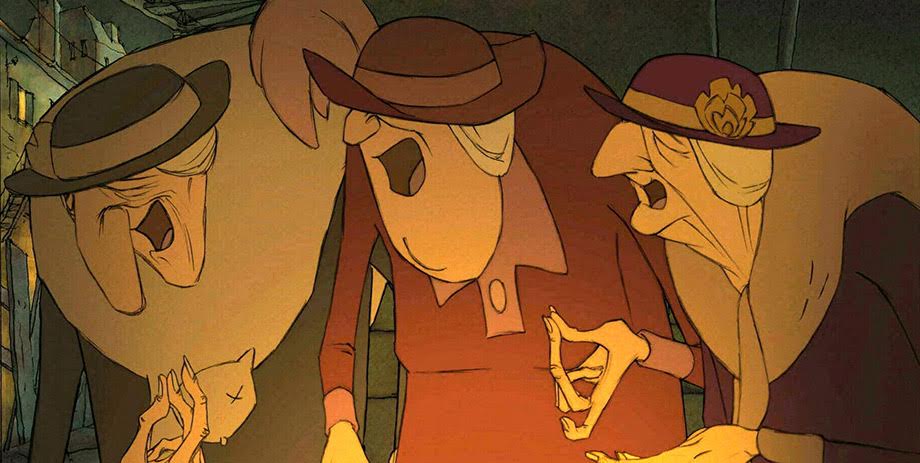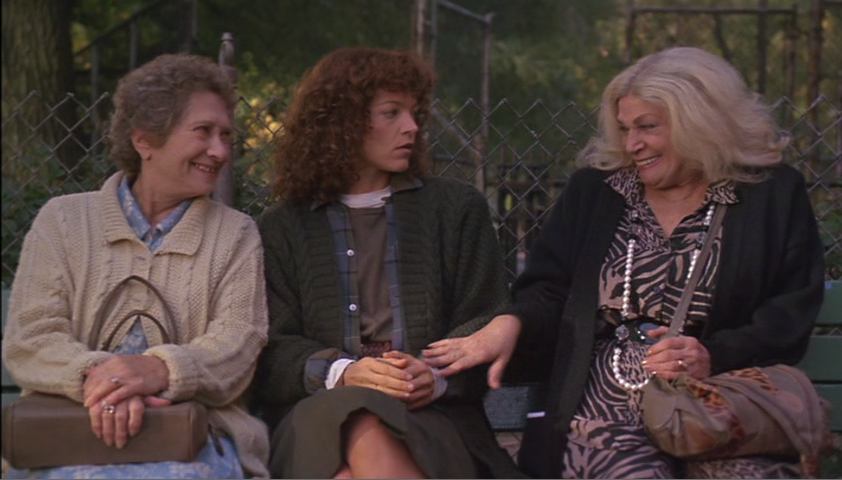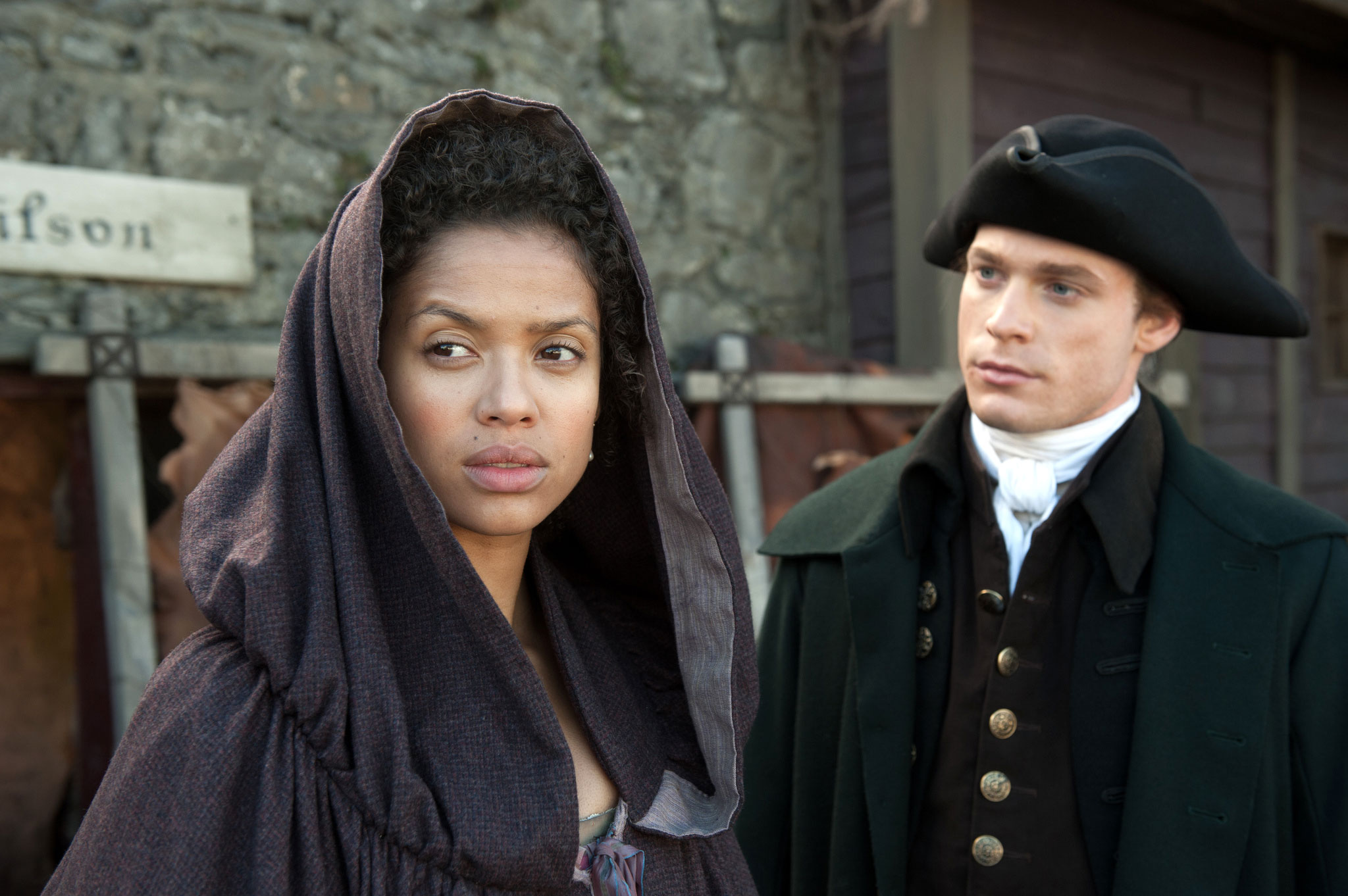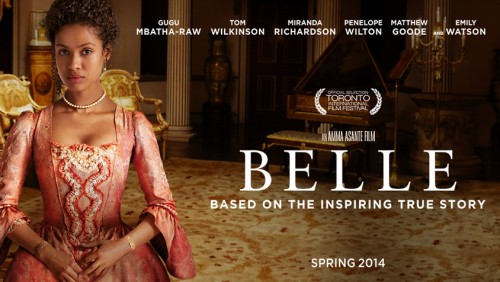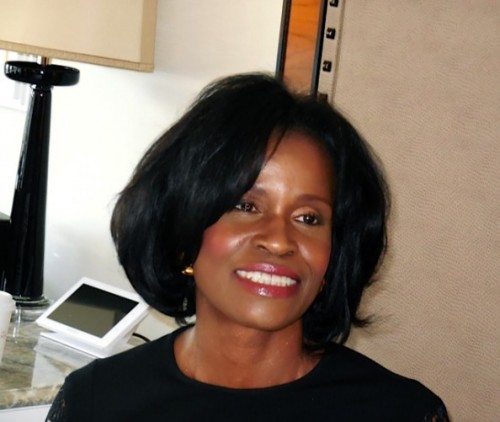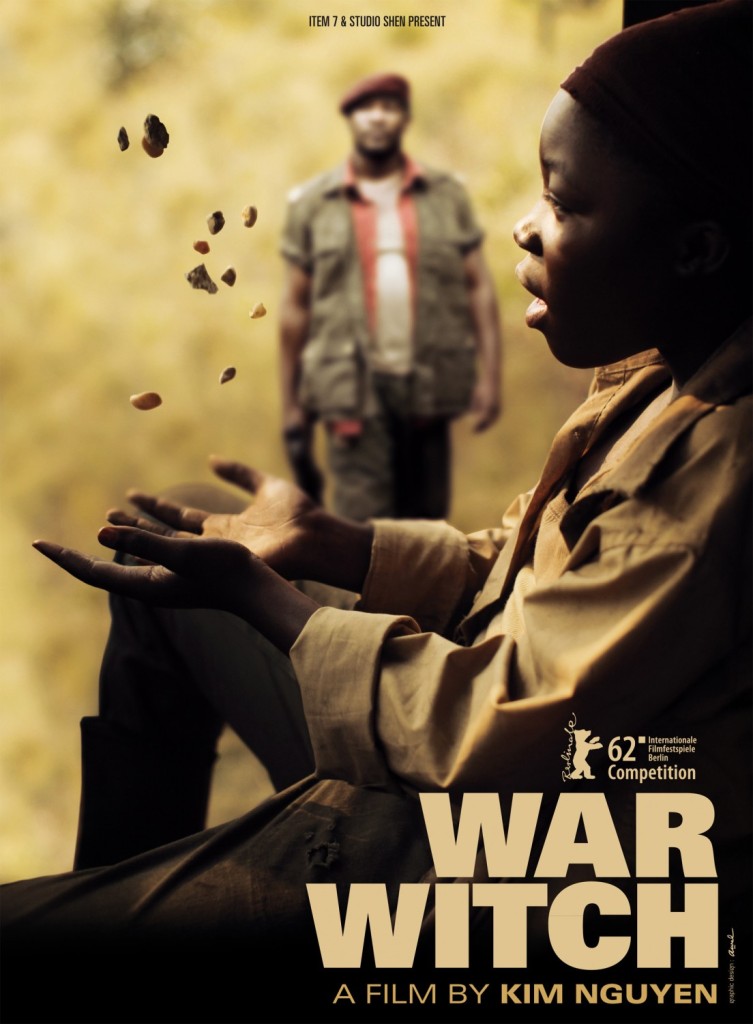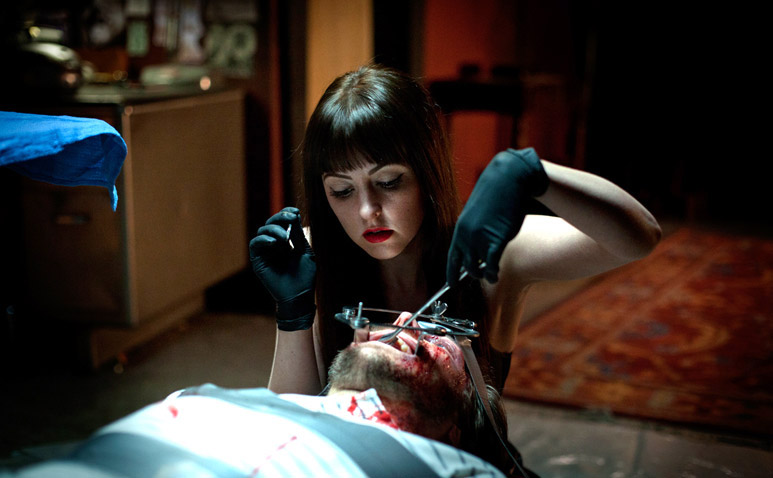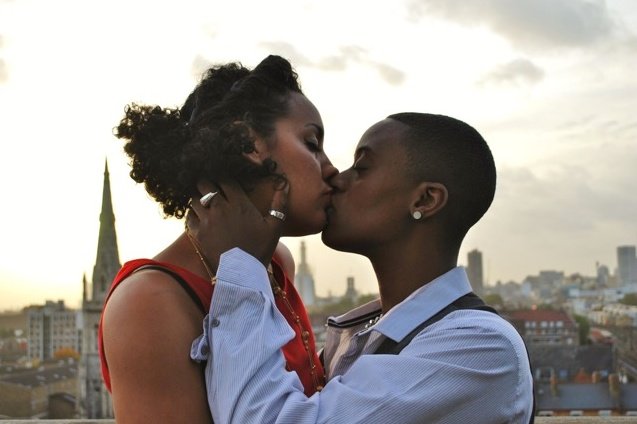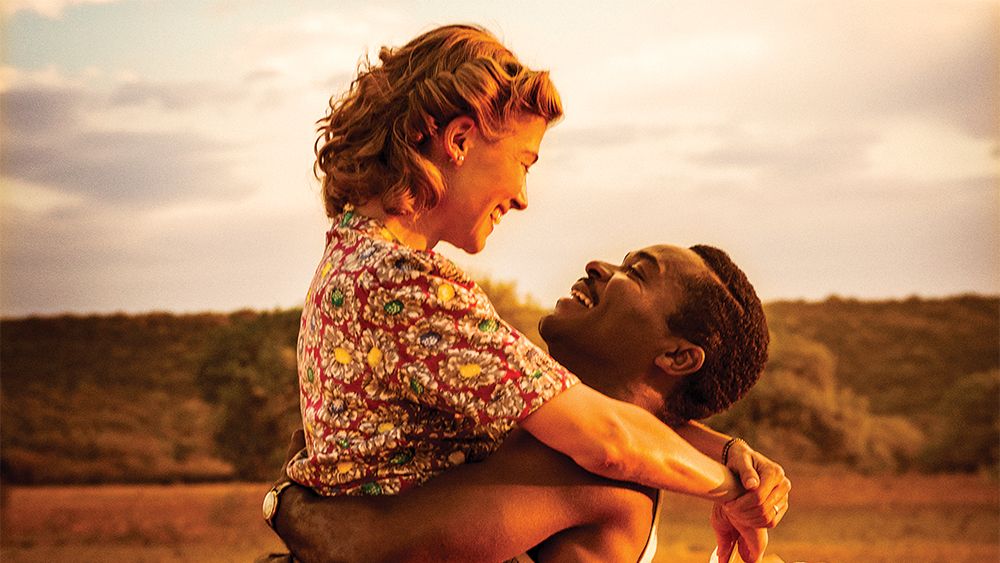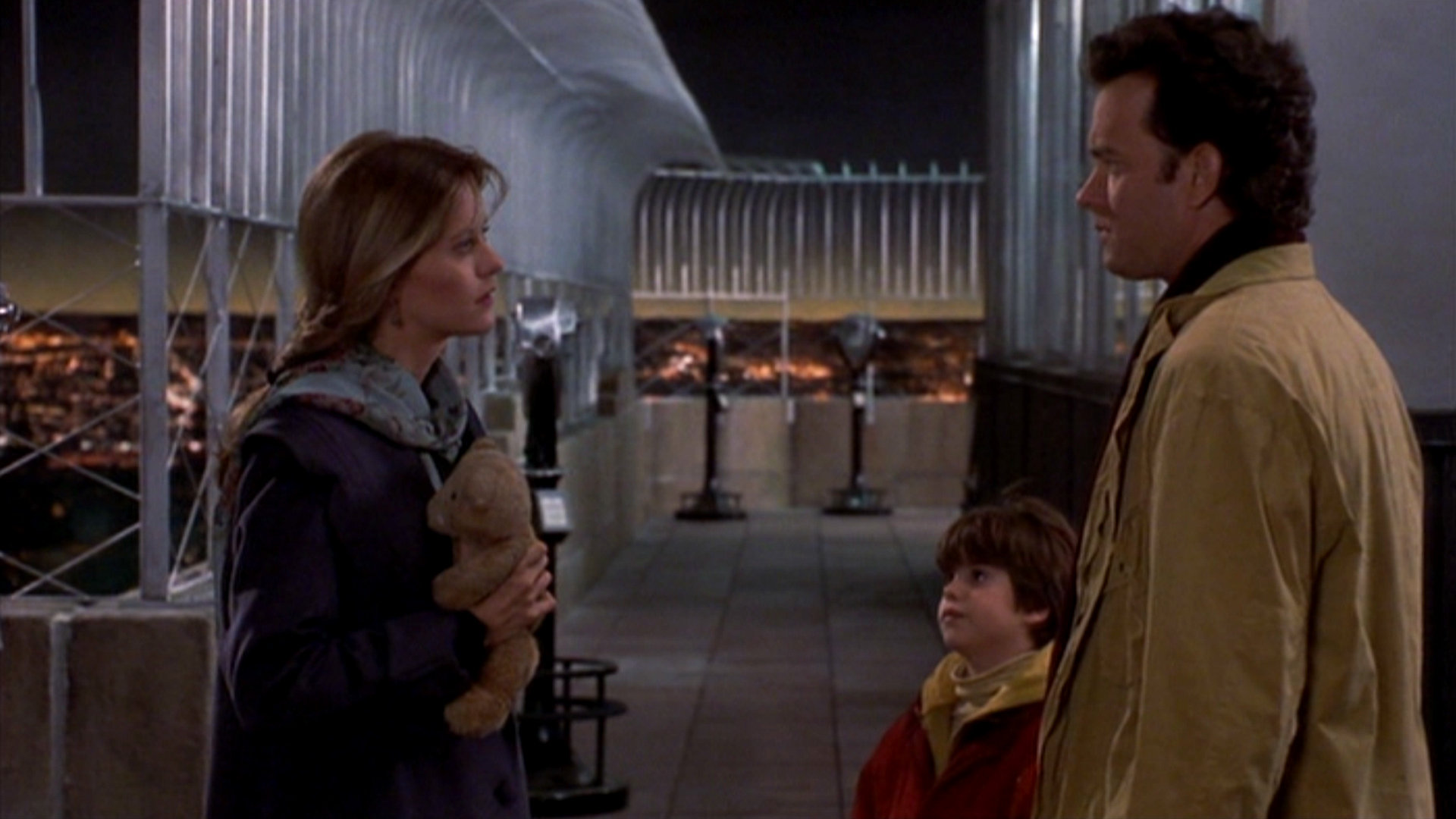Sisterhood with a Capital “S”: ‘The Triplets of Belleville’
Sisterhood is powerful, magical, and resilient: that’s the sororal message in the celebrated 2003 animated film… Character distinction between the sisters as individuals is not a major focus for writer/director Sylvain Chomet, although each Triplet has different functions/feelings at specific times. The bond of the sisters as a more monolithic force is depicted instead: Chomet presents the unity of sisterhood. … The agency of older women, including the eponymous trio, is vital to ‘The Triplets of Belleville.’
